
Tasmania is the smallest state in Australia but is nonetheless an essential destination! The national parks which occupy 21% of the territory, will delight all lovers of nature and wide open spaces. The landscapes of the island are very different from the Australian Outback. Here follow one another hills, deep forests and lakes… The island is also full of dream beaches with white sand and crystal clear waters. Here are all the must-see places not to be missed during your visit to Tasmania.
Table of Contents
How to get to Tasmania?
Tasmania is a small island located more than 850km from the Australian coast. It is accessible only by ferry or by air.

By ferry
You can reach the island by taking a ferry, only from Melbourne. The crossing takes about 10 hours and is quite expensive. The advantage here is that you can cross with your own vehicle.
Only one company serves the island, Spirit of Tasmania. Ferries depart from Melbourne once or twice a day depending on the season. During the high season (December – January), there are day and night sailings. During the off season, only the night crossing is available (departure at 7:30 p.m.). You arrive in Devenport approximately 10 hours later.
You will have to pay for the trip for your vehicle and also per person. For a vehicle under 7 meters (4WD, car, van), count at least $100/one way. For passenger crossings, fares start at $85 per person for a day trip (without seat booking). If you are crossing at night, you will have to pay at least $99 for a reclining seat. And if you want to sleep in a real bed in a cabin, count at least $139 for a private cabin.
By plane
You can board on a domestic flight from any of the major cities in Australia. Melbourne, Sydney, Brisbane or Adelaide serve the island. You will land at Hobart Airport (HBA) in the south of the island or Lauceston (LST) in the north. If you leave from Melbourne, allow about 1 hour to reach the island.
Many companies serve the island including low cost ones. It is therefore quite possible to find tickets for less than $100 per person throughout the year. We advise you to compare the flights available from Skyscanner:
If you are flying, you will need to rent a vehicle on arrival. If you visit Tasmania in high season, i.e. summer, count at least $300 per week for a basic car and $800 for a campervan. We advise you to compare the options available on specialized sites such as Motorhome Republic if you want to rent a van, or Airport Rentals for car rental.
Best time to visit Tasmania
Tasmania experiences four distinct seasons and enjoys an oceanic climate. The best time to fully enjoy the country is the summer months, from December to February. These months are the hottest with temperatures between 18 and 23°C. Summer is perfect for hiking, swimming at the beach or outdoor activities. However, the weather can change very quickly. So be prepared and always leave equipped: windbreaker, sweater, sunscreen, water…
Also read: Climate and Weather in Tasmania
How to get around Tasmania?
Getting around Tasmania is relatively straightforward due to its compact size. The most flexible option is renting a campervan or a car, allowing you to explore the island at your own pace and access more remote areas. Alternatively, Tasmania has a network of buses connecting major towns and tourist destinations, although schedules can be less frequent. For those looking for a unique experience, cycling is another viable option, especially along the East Coast.

Hobart and its region
Discover Hobart
Hobart has a nice atmosphere and a colonial charm. Established in 1804, it is the second oldest city in Australia and above all, the most picturesque. The city finally became prosperous in the 1830s with the arrival of whalers and other settlers.

Formerly a village of sailors, Battery Point is the historic centre of the city. Its colonial houses and small restaurants make it a popular among tourists. Perched on a hill, Battery Point was also a strategic observation point in the case of an invasion. The name actually originates from the battery of guns that used to be part of the Hobart coastal defences.
The Salamanca district is located between the port and Battery Point. With the many galleries, pubs, and restaurants, it represents the heart of the city and the arts centre. Every Saturday morning, you can visit the famous market Salamanca Market. With more than 250 stalls, you find local crafts, gastronomy and second-hand clothes for all budgets.
What to do in Hobart?
The Tasmanian Museum & Art Gallery as well as exhibitions are hosted in the oldest building in the city (1808). Go back in time and find out more about the island’s colonial past, the history of the Aboriginal people and the Tasmanian tiger. (40 Macquarie St – free – open from 10am to 5pm)
The Botanical Garden is located on the Tasman Highway (2km from the city centre), more than 6,000 plant species inhabit this park, a Japanese garden and a sub-Antarctic plant house that replicates the climatic conditions and vegetation of Macquarie Island (halfway between Tasmania and Antarctica).
Explore Hobart Region
Richmond
This is a small village just 2 hours from Hobart. Being a former strategic military post, the town is still made up of historic buildings including the oldest Catholic Church in Australia.
Port Arthur & Tasman Peninsula
The Tasman Peninsula is known for its impressive rock formations along the coastline as well as the national park. Port Arthur is particularly known for the ruins of a historic penitentiary that offer many crazy stories.
Mt Field National Park
This national park is particularly renowned for its beautiful mountains, rainforests, waterfalls and wildlife. This spot is situated only 80km north of Hobart.
Kingston
12km from Hobart, Kingston is a growing town with a shopping centre. You can learn about Australia’s expeditions to the Antarctic region.
Huon valley
Rivers meander through his area. In the main town Huonville, backpackers come together looking for work in fruit picking. Not far from there, you find wineries and a thermal springs.
East cost Tasmania
Freycinet National Park
The most beautiful and most touristic places along the east coast are Freycinet National Park with Wineglass Bay (most photographed landscape of Tasmania) and the Bay of Fires, further north, with its orange rocks and crystal clear water.
Coles Bay is the only town near the Park which includes the Freycinet peninsula, Schouten Island and the superb Friendly beaches. Several walking trails of varying lengths are laid out to discover the park.
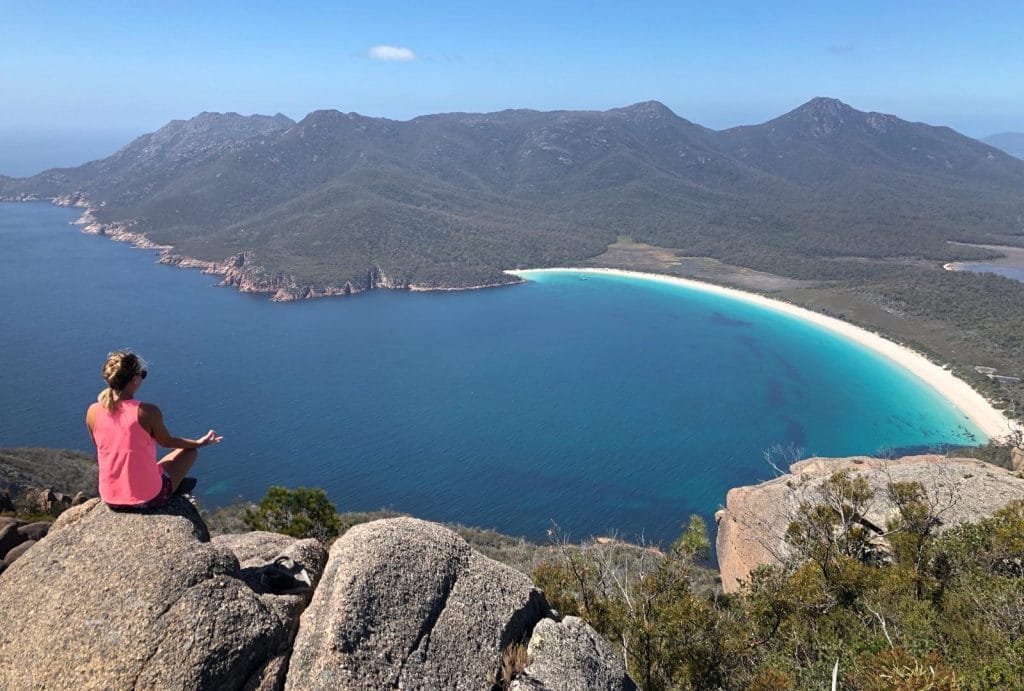
Bicheno
This coastal town still today lives mainly of fishing. You can choose from a range of walks to discover the area. The blowhole is an impressive place to visit. You can also walk to Diamond Island (at low tide) from Red Bill beach. Waub’s Bay beach is an ideal beach for swimming and snorkelling safely.
St Helens
St Helens is a small town south of Bay of Fires. Tourists mainly frequent the town to enjoy the pristine beaches of the area. There is a supermarket, petrol stations, and a Visitor Centre, where you can get a map of the region with free campsites.
Bay of Fires
Bay of Fires, a range of dream beaches and wild coves, stretches all along the northeast coast of Tasmania. Beginning in Binalong Bay and stretching to the north, the whole coast has beaches for swimming (the water is cold!) and snorkelling. There are a number of free camp spots available but remember to take drinking water.
The 4-day guided “Bay of Fires Walk” is known worldwide for the beauty of the landscapes. This walk follows the coast from the south to the heart of Mount William National Park, through Eddystone Point and the famous fishing spot Ansons Bay.
The North East
Launceston
Established in 1806 as the state’s military base, Launceston is now the largest city in north-eastern Tasmania. The city contrasts marinas and modern restaurants with historic buildings of Georgian and Victorian style. You can easily explore the city centre on foot. The Heritage Walks help you understand the history of the city and the region.

Launceston, sometimes called the “Garden City” offers many parks such as Prince’s Square in the heart of the city, Kings Park or Royal Park.
Not far from the centre, Cataract Gorge Reserve is a haven of serenity, where you can go hiking or simply enjoy the free swimming pool at the entrance to the park. (Free – open from 9am until sunset)
Tamar Valley
Renowned for its sparkling wines, this valley extends from the gates of Launceston to the north coast of the island. The Tamar River winds through the middle of the valley. It is a very fertile region with vineyards, fields, orchards and beautiful forests.
Known for its apples, Tamar Valley employs many backpackers each year from February to May for apple picking. On top of that, you find work opportunities throughout the year in the vineyards. Follow the Wine Route (indicated by signs) to discover the valley.
The North West
Being less touristic than the rest of the island, the northwest surprises you with the diversity of landscapes. The Bass Highway, punctuated by the movement of the hills, reveals forests, white sand beaches and poppy flower fields.
From Devonport to Burnie
The huge Spirit of Tasmania ferry arrives in Devonport, which is the third largest town of the island. Located at the mouth of the Mersey River, the town does not offer any special attractions.
A few kilometres to the west, Ulverstone is a town known for its antique shops of all kinds. It is also the starting point for Leven Canyon Reserve and Gunns Plains. Just 45 minutes from Devonport, Leven Canyon, which is hundreds of meters deep, offers beautiful walks and a superb lookout called “Cruickshanks”.
The 54 caves of Gunns Plains are a maze of limestone caverns, pierced with waterfalls, stalactites and stalagmites (several tours per day – from $15 per pers.)
Then there’s the tiny town of Penguin where the penguin is king. You’ll find penguin garbage cans, penguin storefronts, and a 3-meter penguin statue on the main square of the town.
From Burnie to Stanley
Founded in 1827, Burnie specialised in paper production. In the same building as the Visitor Centre, you find the Makers’ Workshop, which gathers several local artists, manufacturers of jewellery, clothes, musical instruments and more. Visitors can also go on a Paper Making Tour and try to make their own paper.
Nearby, from the Little Penguin Observation Centre you can observe a local colony of small penguins. Volunteers organise free tours every evening at nightfall during the summer months (September to March).
Further west is Wynyard. The big attraction of the town is Table Cape. This superb 180m high plateau now houses a blooming tulip farm from September to October, transforming the landscape into a large patchwork of colours. The lookout offers an impressive view of the bay and from here you do a short walk to the lighthouse (30min).
Rocky Cape National Park is the smallest park in Tasmania, but it’s still a beautiful getaway. It joins Boat Harbour with a white sand beach and turquoise water! 8 km further, Sisters Beach is an ideal spot to picnic before going for a swim.

Continuing west, visit Dip Falls and Big Tree. In the middle of the forest, you can admire Big Tree, a giant eucalyptus with a circumference of 12m!
Then a huge rock platform shows up on the horizon! this means you’ve made it to Stanley. This small fishing town doesn’t seem to have changed since the 19th century.
The Circular Head, nicknamed The Nut, is an ancient volcanic cone. From its summit, you get a stunning view.
West Coast Tasmania
In the Wild West of Tasmania, you discover wild forests, alpine plateaus covered with flowers and beautiful national parks classified as UNESCO world heritage since 1982.

Zeehan
As a mining city, Zeehan had its glory years in 1882 when money was discovered there. Connected to Strahan by rail, Zeehan was then the third largest town in Tasmania. It’s hard to believe today when you stroll through this village of 700 inhabitants.
While you’re there, visit the West Coast Pioneers Museum, which exhibits in 14 galleries the days of glory on the west coast at the time of the railway and ships (admission $25 per pers.)
Between Rosebery and Zeehan, the Montezuma Falls Walk (3h) along an old tramline passes through forests to the Montezuma Falls, Tasmania’s tallest waterfall.
14km to the south, Henty Dunes is a series of giant dunes overlooking the ocean … you’ve got to give sand-boarding a go (equipment hire in Strahan).
Strahan
Strahan is a small tourist town, very popular among seniors for the Gordon River cruises and the Huon pine sculptures. At 6km from the city, you get to the Ocean Beach Coastal Reserve. There’s a long deserted beach with big swell coming straight from Antarctica, which sometimes causes whales to strand.
Queenstown
Queenstown is a mining location, but does not have any tourist attractions. One thing you could do is admiring the view from the lookout. Here the landscape has moon-like tints of beige and ochre, due to the mining activity and its emanations.
The National Parks – Inland
Mountain Cradle – Lake St Clair National Park
Stretching over 160,000 hectares, on the land of 3,000 lakes, this national park has a lot to offer, from glaciers to rainforests, lakes and an abundance of wildlife including the famous Tasmanian Devil.
To enter the park, take the bus shuttle, which is free if you buy a Pass (ask for a bus ticket at reception).
Cradle Valley up north marks the entrance to the national park at the level of the “Ranger Station”. This is where you can take shuttles and get information on various hikes and get maps.

Lake St Clair is located in the southern part of this fabulous park. A 1.5-hour hike takes you through the forest, past the lake and aboriginal culture. If you want to stay there for longer, you will have to take a ferry, which you can book at the Visitor Centre.
The Tasmanian Devil UnZoo is situated just 500m from the park entrance. There you can learn a lot of information about Tasmanian devils.
More Info: Cradle Mountain – Lake St. Clair National Park
Franklin – Gordon Wild Rivers National Park
The Wild World Heritage Park has nearly 450,000 hectares, which are mostly covered with impenetrable forests.
There are a few hiking trails in the north of the park, starting from the Lyell Highway. Nelson Falls Nature Trail (20min) is a walk through the rainforest that leads to the waterfalls. Donaghys Hill (40 min) leads to a lookout with an impressive view of the mountains, including Frenchman’s Cape. Franklin River Nature Trail (25min) runs along the Franklin River in the middle of the rainforests.
The weather is unpredictable, so make sure to take warm clothes as well as water and snacks!
The Islands of Tasmania
Tasmania has no less than 334 islands. Some are just big boulders that stick out to the surface. Few are accessible but you can however visit some which offer truly extraordinary landscapes. Among the busiest you can find Flinders, King Island or even Bruny which is the most accessible and Maria Island. You can make many more or less long hikes there…
Bruny Island
This small island is located southeast of Tasmania and has only 600 inhabitants. It is possible to discover it by a day cruise ($220/pers.), or to get there by ferry (south of Hobart) with your vehicle ($46 for children under 6m).
After a 15min crossing, you arrive at Roberts Point in the north of the island. Taking the main (and only!) road, a few miles south you come across the Bruny Island Cheese Company. You can try many cheeses there…
The Neck is the narrow strip of land that connects the north to the south of the island and where you can observe the penguins returning from fishing at sunset… (from December to March).
The southern part of the island includes the main shops and services in Alonnah, Adventure Bay and Lunawanna. An unpaved road then leads to the lighthouse at the southern tip of the island, the end of the world…

Hikes to do
Cape Queen Elizabeth
This walk takes about 3 hours and allows you to discover two lagoons, superb views of the ocean and a beach as far as the eye can see.
Truganini Lookout
This only lasts 10 minutes! By a staircase you can access a platform offering a panoramic view of the Neck. Not to be missed (especially at sunset)! You can also see the simple memorial erected in honor of Truganini, the last pure Aboriginal woman who died in 1876 and whose bones were sent all over the country to “celebrate” the end of Aboriginals on the island.
Mt Mangana
This hike of about 1h30 will allow you to reach the highest mountain on the island.
Maria Island
Among the most popular Tasmanian islands is Maria Island. A small island that became a national park in the 1970s, it is accessible by ferry from Triabunna and is often visited in a day. You can see some historical sites (buildings and ruins), magnificent cliffs, forests and beaches.
To get there, two ferry companies are available (round trip during the day for $55/pers): Maria Island Ferry & East Coast Cruises. You can also take an organized cruise, but obviously the rates are higher (around $250 per day).
Hikes to do
The Reservoir Circuit
A walk of about 1h30 through a eucalyptus forest, some ruins, to a reservoir, an ideal picnic spot.
Fossil Cliffs
Plan about 2 hours! A walk along the cliffs with views of the Freycinet peninsula.
Painted Cliffs
This walk of about 2 hours must be done preferably at low tide in order to pass by Hopground Beach, to arrive at the Painted Cliffs, a magnificent rock formation created by erosion and waves.
Bishop and Clerk
A hike of about 3h30 with a passage through cliffs, eucalyptus forests. You can then climb gradually inland to the summit (620m) Bishop & Clerk which offers a splendid view.

Flinders Island
This island is north of Tasmania and is accessible by plane only. To explore the 450km of road network of Flinders, you have the possibility of renting a vehicle once arrived. Some small towns allow you to find essential services (post office, bookstore, supermarket, bank, etc.) such as Whitemark and Lady Barron, the 2 main cities on the island which have about 850 inhabitants.
Two airlines operate the routes: Sharpairlines & By plane.
Rates: From Hobart around $500
King Island
Accessible by plane only, you can rent a vehicle once there. The island has about 1,800 inhabitants and the main town is Currie. King is known for its cheeses, lobsters and beef.
Some airlines serve the island such as Regional Express or King Island Airlines with variable fares depending on the city of departure and the season. Count around $200 per trip from Melbourne.
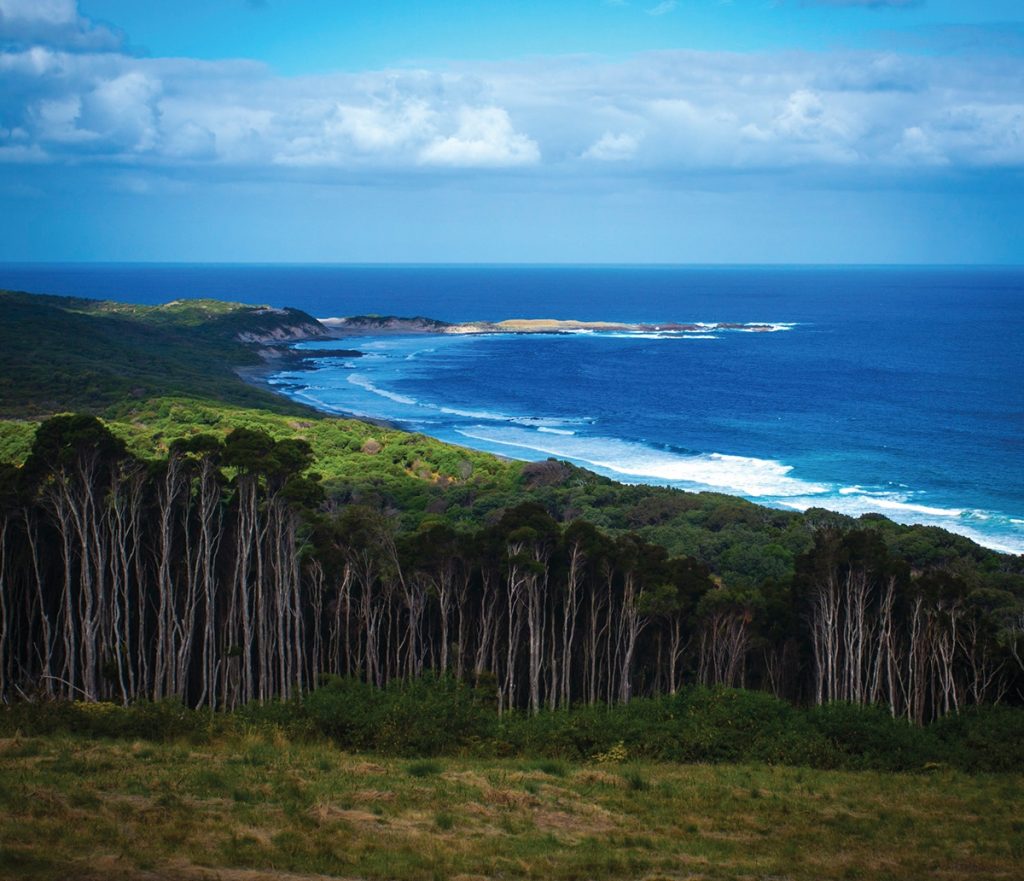
Off-the-Beaten-Path Experiences
For off-the-beaten-path experiences in Tasmania, you can explore:
- Tarkine Rainforest: Immerse in one of the world’s largest temperate rainforests.
- Maria Island: A natural wildlife sanctuary with historic ruins, accessible only by ferry.
- Bay of Fires: Known for its crystal-clear waters, white sandy beaches, and orange-hued granite rocks.
- Flinders Island: Offers rugged landscapes, abundant wildlife, and a tranquil setting.
- Gordon River Cruise: Experience the pristine wilderness of Tasmania’s west coast.
These lesser-known sites provide unique opportunities to experience Tasmania’s untouched natural beauty and tranquility.
Practical information
National parks
Good to know: The entry of the parks is free during the centenary weekend (end of August) and the Tasmanian school holidays (end of September).
Campervan Rentals
Wildlife
Where to see the Tasmanian Devil?
– Tasmanian Devil Conservation Park (South)
– Tasmanian Devil Sanctuary (Cradle Mountain National Park)
Where to see Wombats?
– Cradle Mountain National Park
– Trowunna Wildlife Park
Where to see Echidnas?
Cradle Mountain National Park
Where to see Platypus?
Lake St Clair National Park









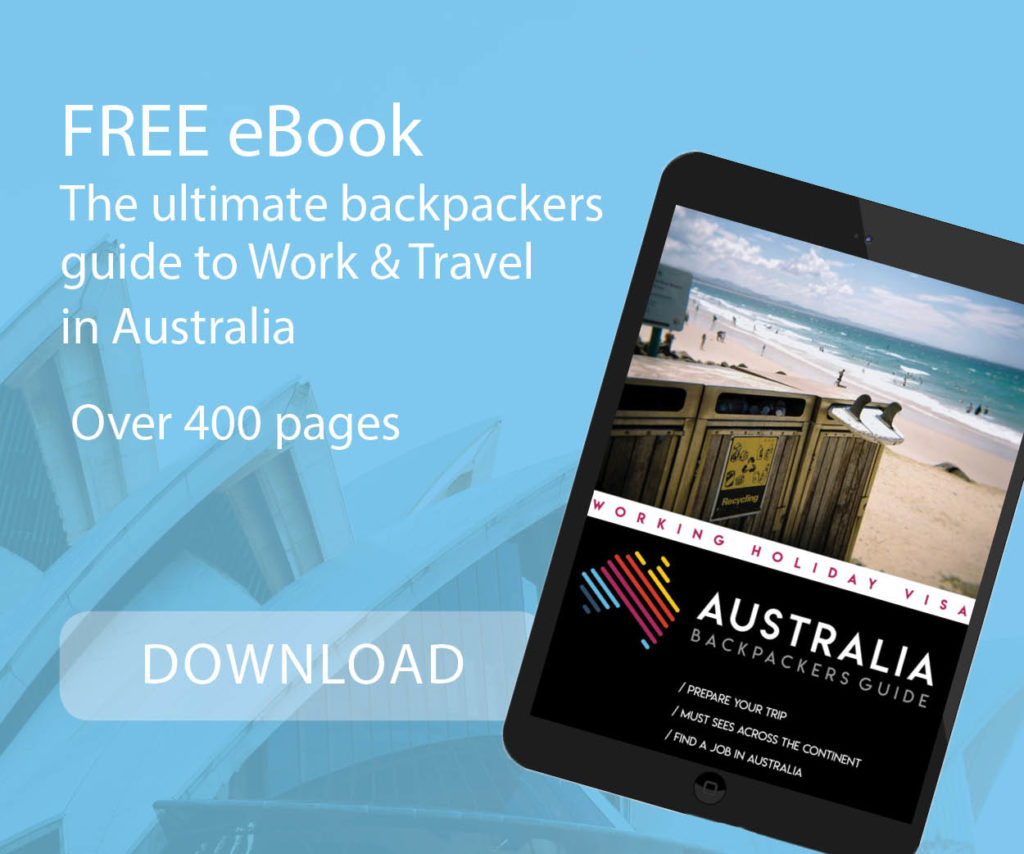



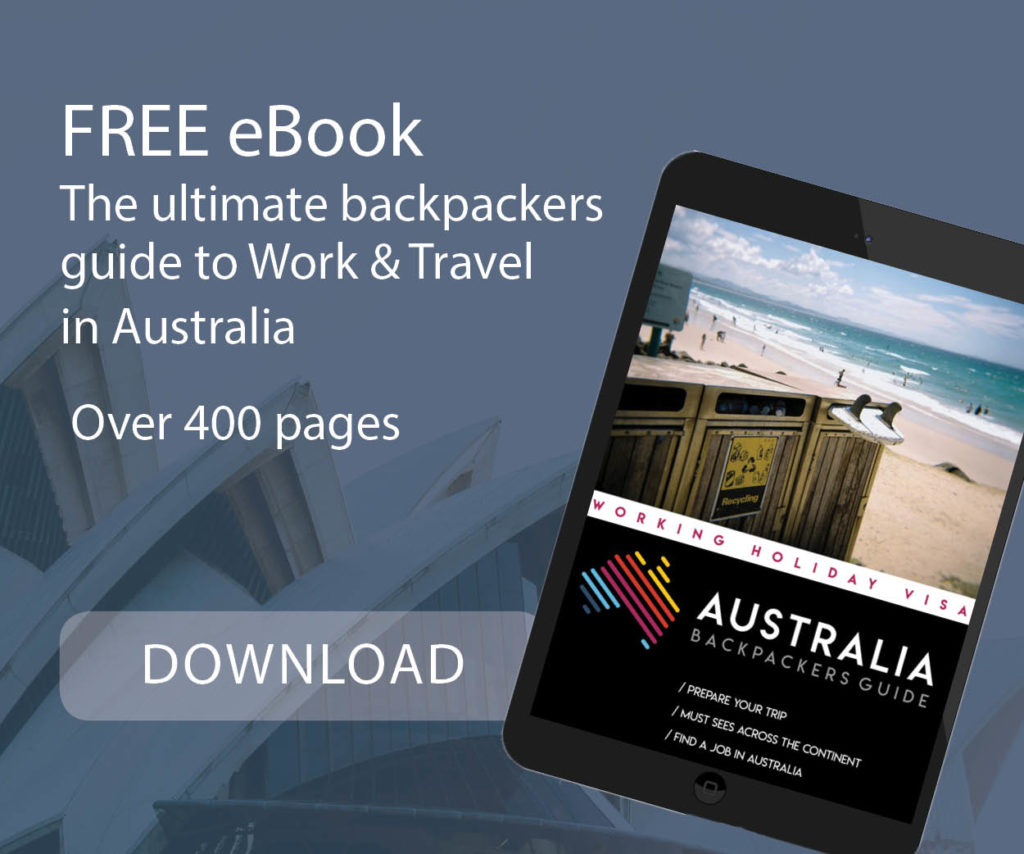







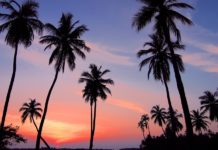





[…] in Tasmania has a friendly atmosphere and a colonial charm. Established in 1804, it is the second oldest city […]